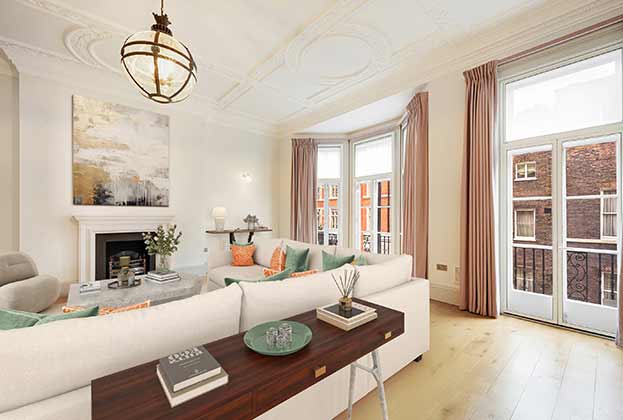Along the south coast of England, the cities of Southampton and Portsmouth and the wider M27 corridor region, are on the up.
Consumer spending, an expanding tech sector, and both public and private investment have all contributed to strong economic growth in the region, and over the next five years the economy is forecast to grow 9.5 per cent, outperforming the UK average.
However, this economic growth will place further pressure on what is already an undersupplied housing market. The most recent Strategic Housing Market Assessment for the six local authorities in the region highlights the need for at least 4,000 additional homes per year. Despite delivery of new homes having increased over the last five years to 3,060 (as of March 2016), there still remains a shortfall of some 940 homes per year.
The effect on house prices
In part as a result of this undersupply, house prices in the M27 corridor grew between 8.0 per cent and 10.7 per cent last year, out performing the national average of 7.1 per cent. Despite this, the area is still relatively affordable compared with its more affluent neighbours. In Portsmouth and Southampton, the average price of a home stands at £205,000 and £208,000 respectively – much lower than neighbouring Winchester, Chichester and East Hampshire, where values stand close to or above £400,000.
In these neighbouring markets, values have been boosted by better transport connections to London, the status of Winchester and Chichester as cathedral cities, and the appeal of nearby South Downs National Park.
Within the M27 corridor, average house prices in the local authorities of Fareham and Eastleigh stand at £285,000, lifted above other areas by the presence of desirable villages such as Sarisbury Green and Hamble which can be found within them.
With strong growth forecast and a clear undersupply of homes future demand needs to be met if the region is to continue to prosper. Large development sites such as Welborne Garden Village and Boorley Green could be instrumental in achieving this and have the potential to bridge the value gap between lower value urban areas in Portsmouth and Southampton and higher value rural ones.
Mixed use schemes
The area currently has 13,800 homes under construction or with planning consent and under the current build rate it will take four and half years for these new homes to be delivered. While residential schemes dominate the current development pipeline, there is still potential for more work places to come forward through mixed-use developments. Public sector support, both locally or through national initiatives such as the £3bn Home Building Fund, can help provide development finance and offset the costs of site preparation. Below we outline three emerging development hotspots to watch.
.jpg)
.png)

(4).jpg)
(1).jpg)
.jpg)
.png)


.jpg)

.jpg)